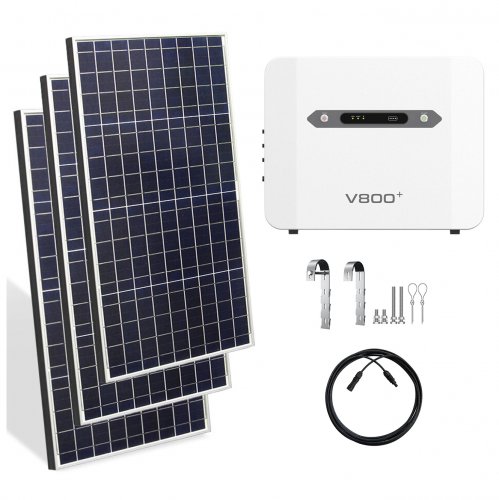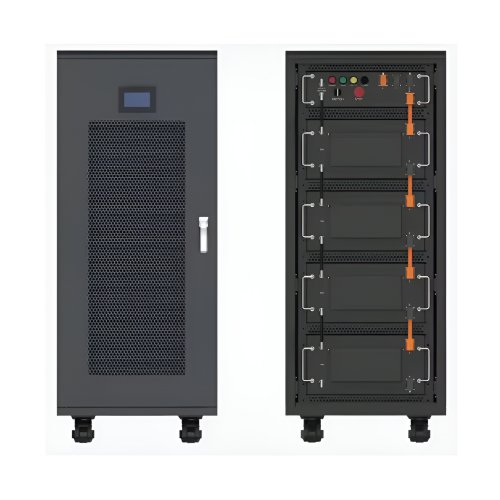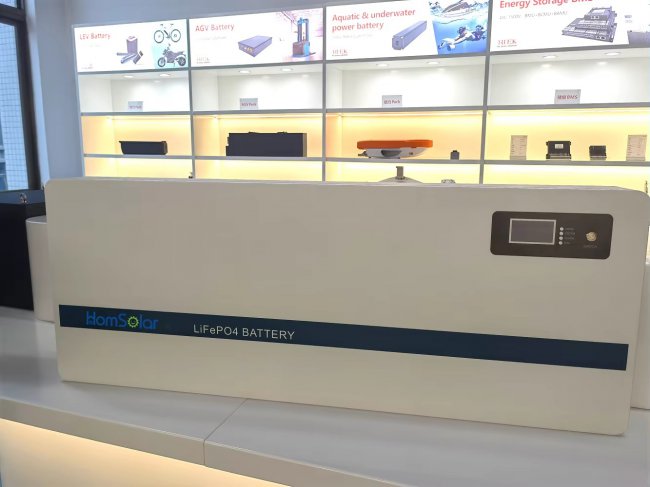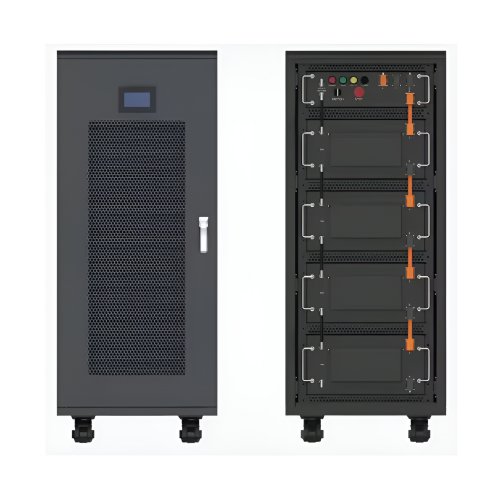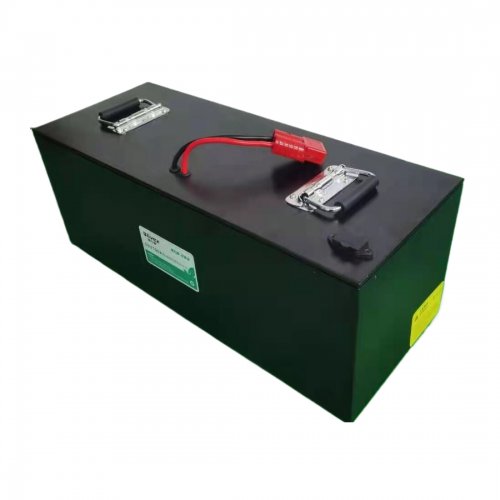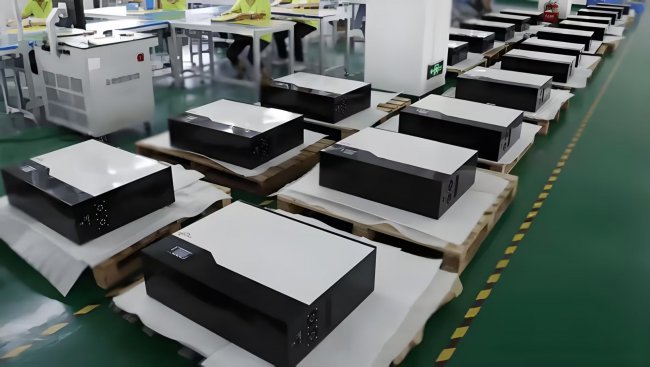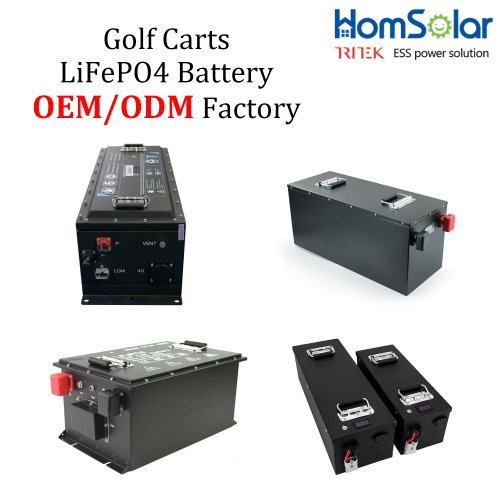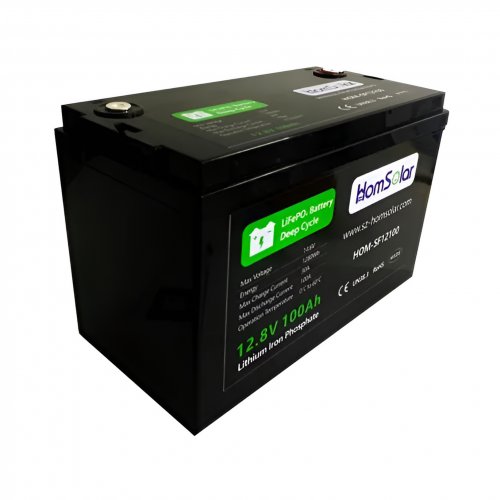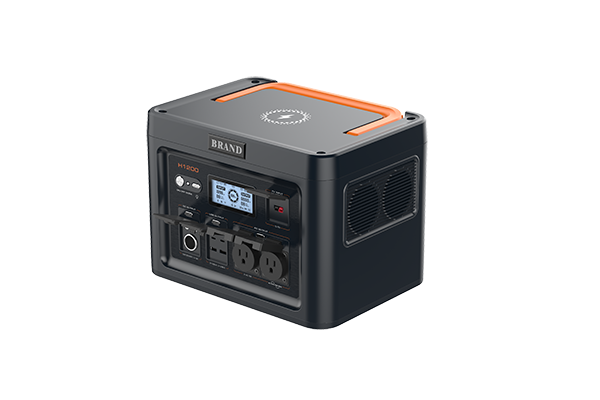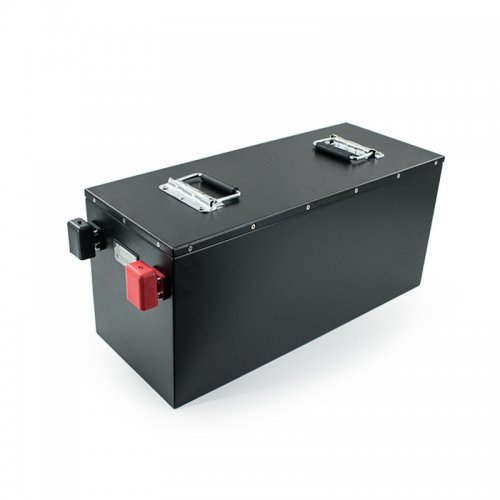Ess News: Navigating The Surge In Energy Storage And Its Evolving Market Dynamics
The global energy landscape is undergoing a profound transformation, and at the heart of this shift lies Energy Storage Systems (ESS). Once a niche segment supported by early-adopter subsidies, ESS is rapidly maturing into a cornerstone of grid reliability, renewable energy integration, and industrial power management. Recent market data, technological advancements, and significant policy developments are converging to create an unprecedented growth trajectory for the sector, even as it grapples with supply chain complexities and evolving economic models.
Latest Industry Dynamics: Record Growth and Policy Tailwinds
The past year has been marked by monumental growth in ESS deployments. According to recent industry reports, the global energy storage market is poised to multiply significantly, with gigawatt-hour (GWh) scale projects becoming increasingly commonplace. A key driver has been the energy security concerns in Europe, accelerating the decoupling from fossil fuel dependencies and spurring massive investments in battery storage to support grid stability.
In the United States, the Inflation Reduction Act (IRA) continues to be a dominant force shaping the market. Its standalone investment tax credit (ITC) for energy storage has unlocked new financial viability for projects not directly coupled with solar generation. This has catalyzed a wave of new project announcements, particularly for large-scale front-of-the-meter systems designed for grid services like frequency regulation and peak shaving. Meanwhile, in China, the world's largest market for battery production and deployment, the focus is on integrating massive amounts of new wind and solar capacity, with provincial mandates pushing for co-located storage.
A notable recent development is the diversification beyond lithium-ion. While lithium-ion phosphate (LFP) continues to solidify its position as the dominant chemistry for grid-scale applications due to its safety and longevity, other technologies are gaining commercial traction. For instance, several long-duration energy storage (LDES) projects utilizing flow batteries or compressed air have reached financial close, addressing the critical need for storage beyond the four-to-six-hour duration typical of current battery systems.
Trend Analysis: Key Shifts Shaping the Future
Several key trends are defining the future trajectory of the ESS industry:
1. The Rise of Merchant and Hybrid Projects: The business model for ESS is evolving. Beyond traditional fixed-revenue contracts with utilities, asset owners are increasingly embracing merchant risk, selling stored power and grid services into wholesale markets. This is coupled with the proliferation of hybrid power plants, which combine solar, wind, and storage to deliver a more stable and dispatchable power output, maximizing grid connection value.
2. Supply Chain Recalibration and Localization: The initial shock from supply chain constraints and volatile lithium carbonate prices is prompting a strategic rethink. Companies are pursuing multi-sourcing strategies and signing long-term offtake agreements to secure cell supply. Furthermore, policy incentives in both the US and EU are actively fostering domestic manufacturing for batteries and ESS components, aiming to reduce reliance on a concentrated supply chain.
3. Software and AI as Differentiators: The hardware is only part of the equation. The intelligence that controls an ESS—when to charge, when to discharge, and which market services to prioritize—is becoming a critical value driver. Advanced energy management software, often powered by artificial intelligence and machine learning, is being deployed to optimize asset performance, predict market prices, and extend battery lifespan, thereby improving the overall return on investment.
4. Focus on Safety and Sustainability: High-profile incidents have placed a sharp focus on safety standards. The industry is responding with improved battery management systems (BMS), advanced fire suppression technologies, and stricter installation codes. Concurrently, the full lifecycle sustainability of ESS is under scrutiny, driving efforts in battery recycling, second-life applications for retired EV batteries, and the development of more environmentally benign chemistries.
Expert Perspectives: Cautious Optimism Amidst Challenges
Industry leaders and analysts express a consensus of cautious optimism, acknowledging both the immense potential and the hurdles that remain.
"ESS is no longer an optional add-on; it is fundamental infrastructure for a decarbonized grid," says Dr. Elena Vance, a Senior Research Fellow at the Global Energy Institute. "The policy support is now largely in place in key markets. The next challenge is execution—navigating interconnection queues, supply chain logistics, and ensuring we have a skilled workforce to deploy these systems safely and efficiently."
From a financial perspective, Michael Thorne, a Managing Director at a clean energy investment firm, highlights the maturation of the asset class. "We are seeing a significant influx of institutional capital into energy storage. The revenue stacks are becoming more proven and diversified, which de-risks investments. However, successful projects require a deep understanding of local market structures and a sophisticated approach to risk management, particularly for merchant exposure."
On the technological front, innovators are looking beyond current limitations. "Lithium-ion has brought us this far, but to achieve deep decarbonization, we need cost-effective storage that lasts for days or even weeks, not just hours," notes Dr. Ben Carter, CEO of a startup developing a novel flow battery technology. "The race is on to commercialize these long-duration solutions, and we are seeing real progress from a variety of electrochemical and mechanical technologies."
In conclusion, the Energy Storage Systems sector is at a pivotal juncture. Bolstered by strong policy tailwinds and undeniable grid needs, it is experiencing explosive growth. The focus is now shifting from pure capacity expansion to optimizing the value, safety, and sustainability of these critical assets. As the industry navigates supply chain recalibration and the complexities of new business models, its role in securing a resilient and clean energy future has never been more critical or more promising.
Customized/OEM/ODM Service
HomSolar Supports Lifepo4 battery pack customization/OEM/ODM service, welcome to contact us and tell us your needs.


HomSolar: Your One-stop LiFePO4 Battery Pack & ESS Solution Manufacturer
Our line of LiFePO4 (LFP) batteries offer a solution to demanding applications that require a lighter weight, longer life, and higher capacity battery. Features include advanced battery management systems (BMS), Bluetooth® communication and active intelligent monitoring.

Customised Lithium Iron Phosphate Battery Casing
ABS plastic housing, aluminium housing, stainless steel housing and iron housing are available, and can also be designed and customised according to your needs.

HomSolar Smart BMS
Intelligent Battery Management System for HomSolar Energy Storage System. Bluetooth, temperature sensor, LCD display, CAN interface, UART interface also available.


Terminals & Plugs Can Be Customized
A wide range of terminals and plugs can be customised to suit the application needs of your battery products.

Well-designed Solutions for Energy Storage Systems
We will design the perfect energy storage system solution according to your needs, so that you can easily solve the specific industry applications of battery products.



About Our Battery Cells
Our energy storage system products use brand new grade A LiFePO4 cells with a battery lifespan of more than 4,000 charge/discharge cycles.



Applications in Different Industries
We supply customized & OEM battery pack, assemble cells with wiring, fuse and plastic cover, all the cell wires connected to PCB plug or built BMS.
Applications: E-bike, Electric Scooter, Golf Carts, RV, Electric Wheelchair, Electric Tools, Robot Cleaner, Robot Sweeper, Solar Energy Storage System, Emergency Light, Solar Power Light, Medical Equipment, UPS Backup Power Supply.
We can provide you with customized services. We have the ability to provide a vertical supply chain, from single cells to pack/module and to a complete power solution with BMS, etc.


HomSolar (Shenzhen) Technology Co., Ltd







